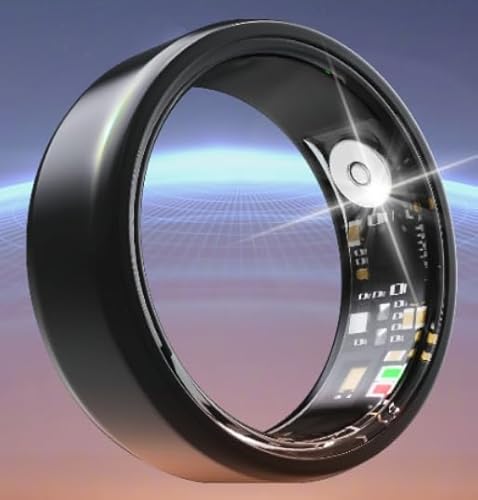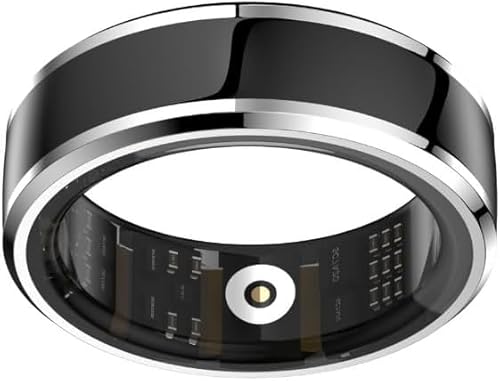T
Thom
In case anyone missed this on the evening news, I thought I'd post the inspirational story here.
( for those from other countries, the title is an idiomatic pun.)
Pilot's Fight To Return To The SkiesWillow Grove, Pa., Aug. 12, 2006
--------------------------------------------------------------------------------
(CBS) Lt. Col. Tony Carrelli had dreamed of being an Air Force fighter pilot since he was a boy.
And he was living that dream flying A-10 Warthogs for the Pennsylvania Air National Guard.
"Flying's been ? been my life," Carrelli told CBS News correspondent Elizabeth Kaledin.
But a few years ago, after a six-month tour of duty in Iraq, he developed an alarming chest pain that could have brought his career to an end.
It turns out Carrelli was a heartbeat away from disaster. He had a badly damaged aortic valve and a hugely swollen blood vessel known as an aneurism.
Dr. Joseph Bavaria of the University of Pennsylvania Health told Kaledin that it was "incredible" that Carrelli flew for six months with the condition and didn't die.
To repair the heart, Dr. Joseph Bavaria used an experimental new valve known as a "Toronto valve" ? so much like a natural heart valve that Carrelli wouldn't need a transplant or a lifetime of medication.
But would it allow him to fly again? That was the big question.
The A-10 Warthog is a single person fighter jet and that was the main concern. If anything happened to Carrelli's heart while he was in the cockpit he'd be totally on his own.
Fighter pilots have to be in perfect physical condition ? none had ever flown before with any kind of artificial heart valve. But Bavaria knew this technology was good enough to withstand the so called G-forces of fighter jet flight.
But he had to convince the Air Force to let Carrelli fly. "We had to come in and nail it," he said. And, he added, "We nailed it."
After being grounded for 30 months and subjected to a battery of tests, the Air Force finally cleared the way for Carrelli to be the first fighter pilot ever to fly with an artificial valve.
Carrelli's boss calls it a victory for the Air Force.
"It's a win-win for the medical community as well because literally he is ? he's better," said Col. Paul Comtois, "The condition that he's in now ? he's actually better than what he was."
When Carrelli was asked if he was ready to join the war effort overseas if called, he said, "Absolutely ready to go."
Anyone in doubt just needs to watch Carrelli climb in and take off to know that this is one pilot whose heart is really in his job.
http://www.cbsnews.com/stories/2006/08/12/eveningnews/main1890202.shtml
( for those from other countries, the title is an idiomatic pun.)
Pilot's Fight To Return To The SkiesWillow Grove, Pa., Aug. 12, 2006
--------------------------------------------------------------------------------
(CBS) Lt. Col. Tony Carrelli had dreamed of being an Air Force fighter pilot since he was a boy.
And he was living that dream flying A-10 Warthogs for the Pennsylvania Air National Guard.
"Flying's been ? been my life," Carrelli told CBS News correspondent Elizabeth Kaledin.
But a few years ago, after a six-month tour of duty in Iraq, he developed an alarming chest pain that could have brought his career to an end.
It turns out Carrelli was a heartbeat away from disaster. He had a badly damaged aortic valve and a hugely swollen blood vessel known as an aneurism.
Dr. Joseph Bavaria of the University of Pennsylvania Health told Kaledin that it was "incredible" that Carrelli flew for six months with the condition and didn't die.
To repair the heart, Dr. Joseph Bavaria used an experimental new valve known as a "Toronto valve" ? so much like a natural heart valve that Carrelli wouldn't need a transplant or a lifetime of medication.
But would it allow him to fly again? That was the big question.
The A-10 Warthog is a single person fighter jet and that was the main concern. If anything happened to Carrelli's heart while he was in the cockpit he'd be totally on his own.
Fighter pilots have to be in perfect physical condition ? none had ever flown before with any kind of artificial heart valve. But Bavaria knew this technology was good enough to withstand the so called G-forces of fighter jet flight.
But he had to convince the Air Force to let Carrelli fly. "We had to come in and nail it," he said. And, he added, "We nailed it."
After being grounded for 30 months and subjected to a battery of tests, the Air Force finally cleared the way for Carrelli to be the first fighter pilot ever to fly with an artificial valve.
Carrelli's boss calls it a victory for the Air Force.
"It's a win-win for the medical community as well because literally he is ? he's better," said Col. Paul Comtois, "The condition that he's in now ? he's actually better than what he was."
When Carrelli was asked if he was ready to join the war effort overseas if called, he said, "Absolutely ready to go."
Anyone in doubt just needs to watch Carrelli climb in and take off to know that this is one pilot whose heart is really in his job.
http://www.cbsnews.com/stories/2006/08/12/eveningnews/main1890202.shtml






















